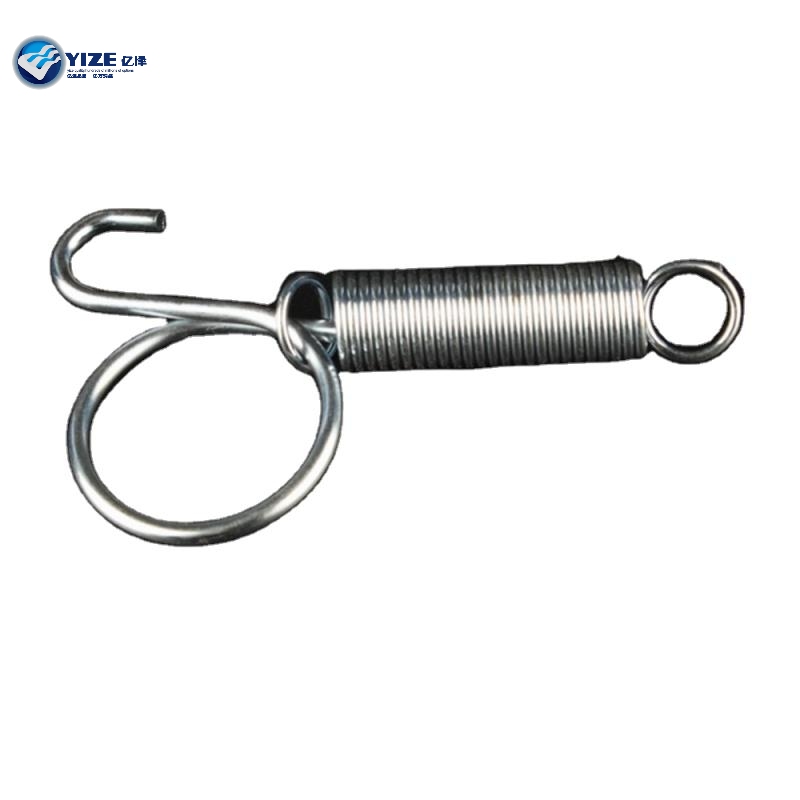grow room exhaust fans
Nov . 21, 2024 10:57 Back to list
grow room exhaust fans
Understanding Grow Room Exhaust Fans A Key Component for Successful Indoor Gardening
When it comes to indoor gardening, whether you are growing vegetables, herbs, or ornamental plants, maintaining the right environment is crucial for plant health and productivity. One of the most critical components in achieving an optimal grow room environment is the exhaust fan. Proper ventilation is essential, and this article will delve into the importance of grow room exhaust fans and how to choose the right one for your setup.
The Role of Exhaust Fans
Exhaust fans serve multiple purposes in a grow room. Primarily, they help in regulating temperature and humidity levels. Indoor plants can generate a lot of heat, especially when using grow lights. Without adequate ventilation, the heat can build up quickly, leading to parched soil and stressed plants. An exhaust fan helps remove hot air and replace it with cooler air from the outside, creating a balanced temperature that promotes healthy growth.
In addition to temperature control, exhaust fans play a crucial role in managing humidity levels. High humidity can lead to mold, mildew, and various plant diseases, which can ruin your crops. An exhaust fan helps to lower humidity by expelling moist air, thereby maintaining a stable environment that's less prone to these issues.
Choosing the Right Exhaust Fan
When selecting an exhaust fan for your grow room, several factors should be considered
grow room exhaust fans

1. Size of the Grow Room The size of your grow space influences the type of fan you need. Measure the volume of your grow room (length x width x height) to determine the appropriate fan size. A fan's power is usually measured in cubic feet per minute (CFM), so look for a fan that can efficiently circulate the air in your specific space.
2. Type of Fan There are various types of exhaust fans available, including inline fans, duct fans, and wall-mounted exhaust fans. Inline fans are commonly used in grow rooms because they are powerful, quiet, and can be easily integrated into existing ductwork. Choose a type that fits your setup and meets your ventilation needs.
3. Noise Levels Depending on where your grow room is located, noise may be a concern. Look for fans that operate quietly, especially if you have the grow room in a residential area.
4. Energy Efficiency As gardening can be a long-term investment, consider the energy consumption of the exhaust fan. Look for models that are energy-efficient to save on your electricity bill in the long run.
5. Speed Settings Some exhaust fans come with multiple speed settings, allowing you to adjust airflow according to the needs of your plants at different growth stages. More airflow may be necessary during the vegetative stage, while a lower setting may suffice during the flowering stage.
Conclusion
Investing in a quality grow room exhaust fan is essential for any serious indoor gardener. Proper ventilation not only ensures healthier plants by regulating temperature and humidity but also creates an overall more conducive growing environment. By considering the size of your grow room, the type of fan you need, noise levels, energy efficiency, and speed settings, you can effectively enhance your indoor gardening experience. With the right exhaust fan in place, you'll be well on your way to cultivating a thriving indoor garden.
-
Automatic Feeding Line System - Anping Yize | Efficiency&Durability
NewsJul.29,2025
-
Automatic Feeding Line System - Anping Yize|Poultry Efficiency&Durability
NewsJul.29,2025
-
Automatic Feeding Line System-Anping County Yize Metal Products Co., Ltd.|Durable PP Material&Easy Maintenance
NewsJul.29,2025
-
Automatic Feeding Line System-Pan Feeder Nipple Drinker|Anping County Yize Metal Products Co., Ltd.
NewsJul.29,2025
-
Hot Sale 24 & 18 Door Rabbit Cages - Premium Breeding Solutions
NewsJul.25,2025
-
Automatic Feeding Line System Pan Feeder Nipple Drinker - Anping County Yize Metal Products Co., Ltd.
NewsJul.21,2025






